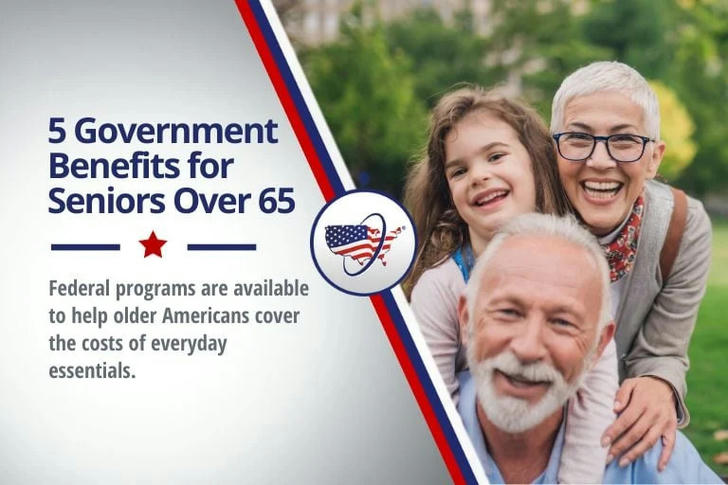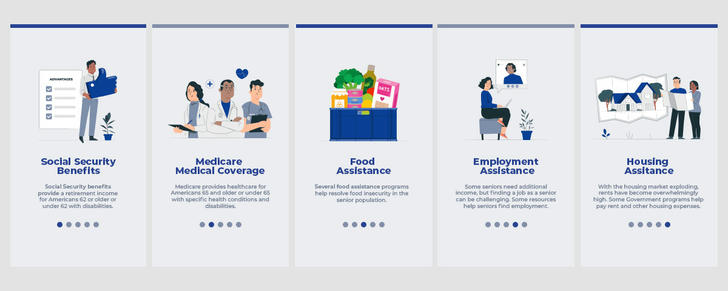💡 Can’t Pay Rent or Utilities? This Program Might Save You! ⚡🏡
Rent and utility payments can often be overwhelming, especially for those facing financial hardships. However, it’s important to know that help is available. The U.S. government and various organizations offer assistance to individuals and families who are struggling to meet their housing and utility needs. Programs such as the Low-Income Energy Assistance Program (LIHEAP), subsidized housing, and Housing Choice Vouchers provided by the U.S. Department of Housing and Urban Development (HUD) can make a big difference for tenants in need.
This article will explore these programs, why they exist, how to apply for them, and provide real-life examples of individuals who have benefited from these services.

1. Low-Income Energy Assistance Program (LIHEAP)
The Low-Income Energy Assistance Program (LIHEAP) is a federal program designed to help low-income households pay their utility bills. The program aims to prevent households from losing essential energy services, such as electricity, heating, and cooling, during extreme weather conditions.
LIHEAP helps with:
Electricity and natural gas bills
Heating assistance during winter months
Cooling assistance during summer months
Emergency energy services in cases where the household is at risk of losing energy services
The program provides financial assistance to eligible households to help reduce energy burdens and ensure that residents maintain access to heating, cooling, and other essential utilities.
2. Subsidized Housing and Housing Choice Vouchers (Section 8)
The Housing Choice Voucher Program, commonly known as Section 8, is a rental assistance program managed by the U.S. Department of Housing and Urban Development (HUD). It assists low-income individuals and families in finding safe and affordable housing in the private market.
With a Housing Choice Voucher, recipients are able to rent homes or apartments from private landlords, and the government covers a significant portion of the rent, with the tenant responsible for the rest based on their income level. This program gives tenants more flexibility in choosing where to live, as long as the landlord agrees to accept the voucher.
The HUD also provides subsidized housing for eligible tenants. Subsidized housing is generally available through public housing agencies (PHAs), where the government owns or manages housing units. Rent in these properties is typically set at a percentage of the household’s income, making it more affordable for low-income families.

3. Why Do These Programs Exist?
These programs are designed to alleviate the financial strain on individuals and families who are struggling to pay for basic living expenses like rent and utilities. Many households are spending a significant portion of their income on housing and energy bills, which can leave little room for other essential needs such as food, healthcare, and education.
The creation of these programs stems from the understanding that affordable housing is a basic need and that access to energy services is crucial for health, safety, and well-being. For many families, the costs of housing and utilities exceed what they can afford, which can lead to homelessness, eviction, and unsafe living conditions. Programs like LIHEAP and Housing Choice Vouchers provide an essential safety net for vulnerable populations.
4. How to Apply for These Programs
How to Apply for LIHEAP
To apply for LIHEAP, individuals must:
Check eligibility: Eligibility for LIHEAP is based on income, household size, and energy usage. Each state has its own criteria and application process, so it’s essential to contact your local LIHEAP office for details.
Submit an application: Applications are typically available online, by mail, or in person at local LIHEAP offices. Applicants need to provide documentation of income, energy bills, and household size.
Wait for approval: After submitting an application, the local office will review the application and determine if the household qualifies for assistance. If approved, the assistance is provided directly to the energy supplier.
How to Apply for Housing Choice Vouchers (Section 8)
To apply for Housing Choice Vouchers, tenants must:
Find a Public Housing Agency (PHA): PHAs are responsible for managing the Section 8 program in each region. Applicants need to locate their local PHA and check whether they are accepting applications.
Submit an application: The application process includes providing personal and income information to verify eligibility. Due to high demand, some PHAs may have long waiting lists.
Wait for selection: Once the application is approved, and the applicant is placed on the waiting list, the PHA will notify the applicant when a voucher becomes available.
Choose a rental unit: Once a voucher is issued, the tenant can choose a rental property that accepts Section 8 vouchers. The landlord must agree to the terms and conditions of the program.
How to Apply for Subsidized Housing
To apply for subsidized housing, individuals should:
Contact local PHAs: Public Housing Agencies manage subsidized housing programs, including public housing units. Applicants need to find their local PHA and inquire about available units.
Complete the application: Similar to Section 8, applicants will need to provide information about income, household size, and other eligibility factors.
Wait for housing availability: Availability may be limited depending on location, and waitlists can be long. Once a unit becomes available, the PHA will contact the applicant.

5. Real-Life Cases: How These Programs Helped
Case 1: The Garcia Family’s Struggle with Utilities
The Garcia family, living in a small two-bedroom apartment in Texas, was facing rising electricity bills during the summer. With three children and both parents working minimum-wage jobs, the family was struggling to make ends meet. They were at risk of having their electricity turned off, which could have led to significant health risks, especially with young children.
After hearing about the Low-Income Energy Assistance Program (LIHEAP), the Garcias contacted their local office and applied for assistance. Within weeks, they were approved for energy assistance, which helped cover part of their electricity bill. This relief enabled the family to keep their lights on and air conditioning running through the sweltering summer months.
Case 2: Ms. Lee and the Housing Choice Voucher Program
Ms. Lee, a single mother with two children, had been living in a run-down apartment for several years. The rent was eating up most of her income, leaving her with little for other essentials. She was constantly worried about being evicted, especially as her income fluctuated.
Ms. Lee applied for a Housing Choice Voucher and was placed on the waiting list. After a year of waiting, she received a voucher and was able to move into a better apartment in a safer neighborhood. The voucher covered most of her rent, and she only had to pay a small portion based on her income. This gave her peace of mind and allowed her to spend more money on her children’s education and healthcare.
6. Final Thoughts: Don’t Wait – Get Help Now!
If you’re struggling with paying rent or utilities, you are not alone. These programs exist to help individuals and families who need assistance. Whether it’s through LIHEAP, Housing Choice Vouchers, or subsidized housing, there are resources available to reduce the financial burden and ensure that families can maintain stable housing.
The application processes may vary depending on your location, but it’s worth reaching out to your local Public Housing Agency or energy assistance office to learn more about what options are available to you.
Don't wait until it's too late! Apply for assistance today and take advantage of the resources designed to help you stay in your home and keep your lights on. These programs have already helped thousands of people across the country, and they could be the solution you need to get back on track.
Remember, affordable housing and utilities are a basic right, and there’s no shame in asking for help.
